How Does KLM Ticket Price Scraping Unlock Airline Trends with 87% Accurate Fare Prices Data??

Introduction
The airline industry operates on razor-thin margins, and fare fluctuations often occur within minutes. Travelers and analysts alike need accurate insights to understand market changes, identify cost-effective options, and plan trips efficiently. Price Monitoring has become critical in this fast-moving landscape. By systematically observing ticket prices, one can recognize patterns, seasonal trends, and pricing anomalies, enabling better travel planning and cost optimization.
KLM Ticket Price Scraping provides a highly accurate approach to track and evaluate fare variations effectively. By systematically gathering ticket data from KLM’s online booking platforms, analysts can uncover trends and patterns that conventional methods often miss. Leveraging this data, businesses and frequent travelers can analyze historical fare patterns, anticipate upcoming price shifts, and develop informed booking strategies.
Moreover, by leveraging Airline Data Scraping API, the extracted data can be seamlessly integrated with advanced analytics models to enable segmentation based on routes, travel seasons, and booking lead times. This approach significantly improves the precision of fare forecasts, providing actionable insights for travel planners, corporate travel managers, and travel agencies. It empowers them to optimize travel budgets while remaining agile and responsive to fluctuating market trends.
Understanding Airline Fare Changes and Patterns
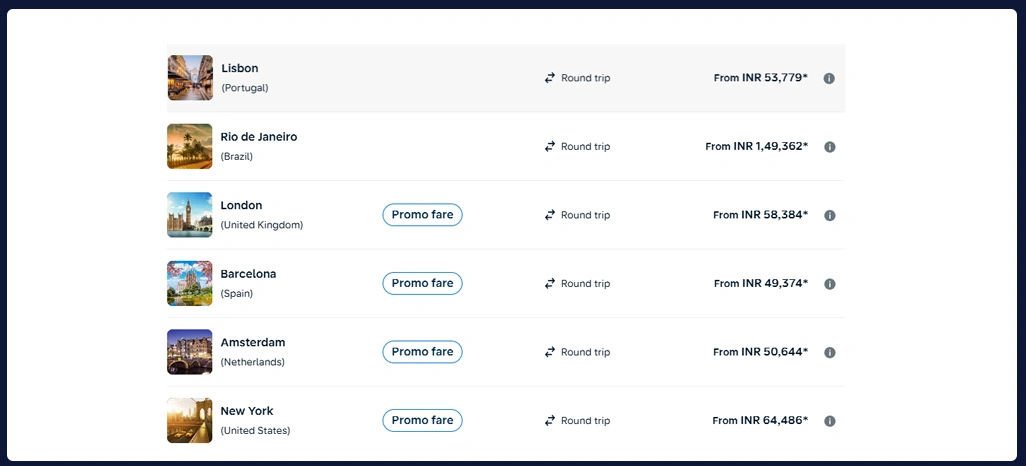
Airline fares are constantly influenced by multiple factors, including seasonal demand, competitor pricing, fuel costs, and booking windows. Monitoring these changes provides crucial insights for both airlines and travelers looking to optimize ticket purchases. Airline Price Monitoring Tools allow analysts to track fare adjustments and identify patterns that can guide strategic decisions.
Frequent fare changes, especially on high-demand routes, make manual tracking nearly impossible. Studies indicate that airlines adjust ticket prices 3–5 times daily on popular routes, highlighting the importance of automated monitoring tools. These tools also allow forecasting for trends such as price surges during holidays or discounts during off-peak periods.
| Factor | Impact on Fares | Example |
|---|---|---|
| Seasonal Demand | High | Summer vacation flights 12–18% higher |
| Booking Lead Time | Medium | Early bookings 20% cheaper on average |
| Competitor Pricing | High | Adjustments based on rival airlines |
| Fuel Price Variations | Medium | $10/barrel increase adds $5–10 per ticket |
Integrating fare data with analytics allows segmentation by route, travel season, and lead times. For instance, longer lead times often result in lower fares, while short-term bookings may be more expensive. Travel planners, corporate travel managers, and agencies benefit from visualized fare trends and predictive insights derived from such data.
Moreover, monitoring fare trends enables strategic and efficient operational planning. Airlines can utilize Airline Pricing Intelligence to optimize capacity distribution across high-demand routes, ensuring resources are allocated effectively. By leveraging detailed insights into fare patterns, both airline operators and passengers attain a competitive advantage, fostering cost-efficient travel while enhancing overall airline operational efficiency.
Tracking Emerging Travel Behavior and Trends
Keeping pace with evolving travel behaviors is crucial for airlines and travel agencies. By analyzing real-time fare information, organizations can uncover emerging patterns in consumer booking preferences, seasonal route demand, and peak travel periods. Travel Trends Data Extraction provides comprehensive insights into passenger behavior, allowing businesses to make data-driven decisions and optimize their pricing and route strategies.
The integration of a Travel Scraping API helps gather continuous data streams for analysis, revealing patterns such as an increase in last-minute bookings or route-specific surges. For example, Mediterranean destinations peak in July, while Northern European routes see higher traffic in December. These insights allow airlines to adjust flight schedules, optimize promotions, and enhance customer satisfaction.
| Metric | Trend Observation | Insight |
|---|---|---|
| Route Popularity | 15% increase in Amsterdam-London bookings | Focus marketing campaigns |
| Weekend Travel | 22% spike on Fridays | Adjust flight schedules |
| Business Travelers | 18% early bookings | Offer targeted promotions |
Data collection through these methods also enables historical comparisons. Airlines can identify long-term shifts in travel behavior, while agencies can predict client booking trends. For instance, consistent growth in weekend travel can inform scheduling and capacity adjustments, while analyzing lead times helps in pricing strategies for different passenger segments.
Through Flight Fare Data Scraping, stakeholders can access actionable insights to optimize operational planning, improve revenue management, and boost marketing effectiveness, while travelers enjoy smarter and more informed travel choices based on comprehensive data.
Implementing Strategic Airline Pricing Models
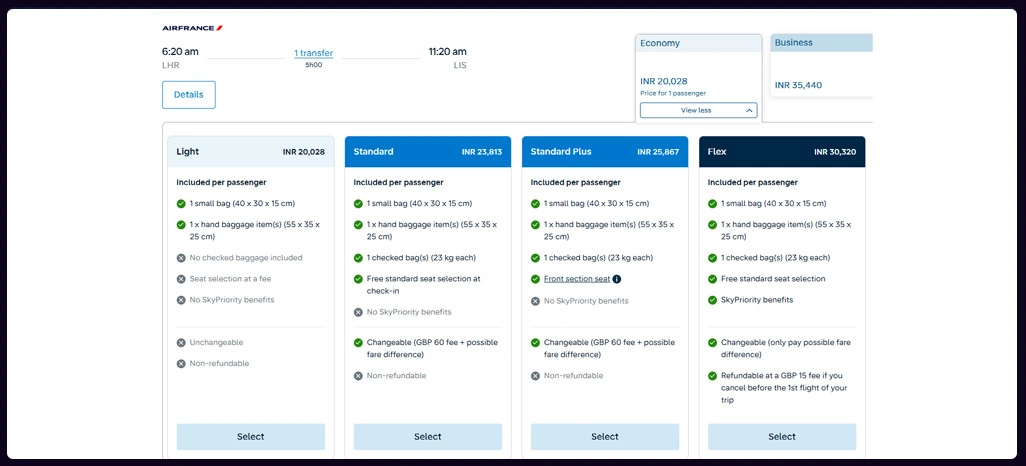
Optimizing fare strategies demands a deep understanding of pricing trends and competitor behavior. Airlines and travel agencies leverage collected fare data to refine their pricing decisions, utilizing Pricing Intelligence Data Scraping for precise and actionable insights. By combining historical and real-time data, predictive models can uncover opportunities to adjust fares strategically, ensuring maximum revenue and market competitiveness.
| Pricing Factor | Data Observation | Recommendation |
|---|---|---|
| Peak Season Demand | 18% fare increase | Apply tiered pricing models |
| Competitor Discounts | 5–7% reduction | Adjust fares for competitiveness |
| Booking Window | 20% cheaper 2 months in advance | Encourage early bookings |
| Customer Segmentation | High loyalty bookings | Offer personalized discounts |
Predictive analytics help anticipate market responses. For instance, if a competitor lowers fares, travel agencies or airlines can adjust pricing to maintain profitability. Dynamic pricing models, informed by historical fare patterns, allow for optimal revenue management while keeping customer satisfaction high.
The integration of advanced pricing intelligence tools allows airlines to stay ahead in a competitive market. By leveraging insights from KLM Flight Fare Analysis, stakeholders can make informed, data-driven decisions that optimize profitability while maintaining affordability, ultimately enhancing both customer satisfaction and overall business performance.
Analyzing Competitor Actions for Market Advantage
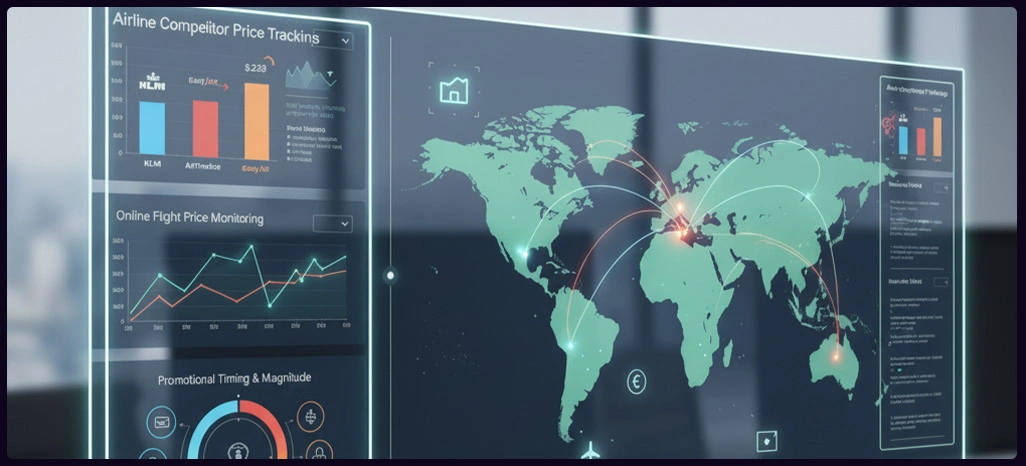
Monitoring competitor behavior is crucial for strategic planning. Airline Competitor Price Tracking enables airlines and agencies to understand rivals’ pricing strategies, promotional activities, and market positioning. By analyzing competitor fares and trends, stakeholders can make informed decisions about pricing adjustments and service offerings.
| Airline | Route | Average Fare Difference | Observation |
|---|---|---|---|
| KLM | Amsterdam-Paris | $15 higher | Premium service offering |
| Air France | Amsterdam-Paris | $10 lower | Competitive pricing strategy |
| EasyJet | Amsterdam-Paris | $25 lower | Budget-focused approach |
Competitive analysis also uncovers promotional timing and magnitude. Agencies can guide clients toward cost-effective options, while airlines can align campaigns with market expectations or counter rival strategies. Monitoring competitor activity helps anticipate pricing moves and optimize revenue management.
Additionally, Online Flight Price Monitoring allows real-time tracking of fare changes, ensuring immediate awareness of market shifts. Agencies and airlines can respond to competitor promotions or fare reductions without delays, enabling proactive pricing strategies. Tracking competitor actions strengthens operational decisions and marketing strategies. By integrating competitor data with internal analytics, airlines can target high-demand routes with competitive offers while agencies can recommend optimal booking times to clients.
Enhancing Airline Operational Planning Efficiency
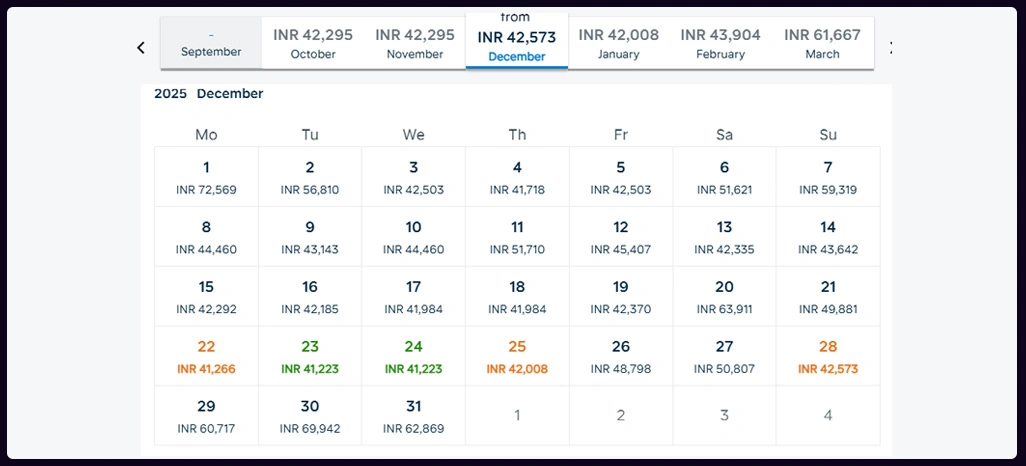
Effective operational planning in aviation relies heavily on precise demand forecasting and strategic resource allocation. By closely monitoring fare trends, airlines can accurately anticipate passenger volumes, adjust seat inventory proactively, and optimize pricing strategies for maximum efficiency. Leveraging Real-Time Airline Ticket Pricing data enables carriers to make informed decisions, respond swiftly to market fluctuations, and maintain a competitive edge.
| Operational Metric | Insight from Data | Action Plan |
|---|---|---|
| Seat Occupancy | 85% on peak days | Increase flights or aircraft size |
| Booking Patterns | High last-minute bookings | Implement flexible pricing |
| Revenue per Flight | $1,200 average | Adjust promotional campaigns |
Using Web Scraping, airlines can collect continuous fare and availability data, enabling real-time decision-making. This helps identify underutilized flights, optimize capacity allocation, and prevent revenue losses due to empty seats. Data-driven operational planning ensures both profitability and service quality.
Historical fare patterns combined with real-time monitoring facilitate dynamic resource management and better forecasting. Ultimately, integrating fare data with operational models allows airlines and agencies to maintain efficiency, maximize revenue, and improve traveler experiences. Accurate data insights lead to smarter scheduling, targeted promotions, and improved financial performance.
Leveraging Market Data for Strategic Decisions
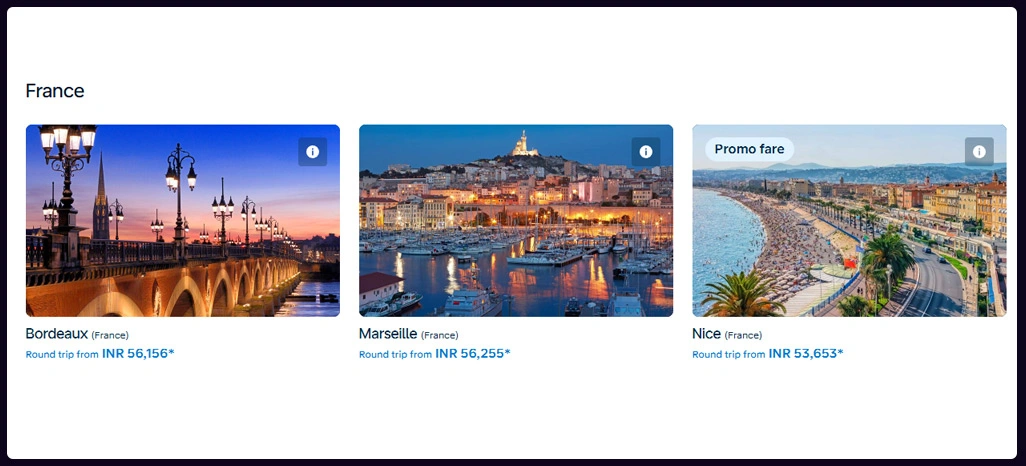
Market intelligence helps airlines and agencies make informed strategic choices. By analyzing fare data and competitor trends, stakeholders gain insights into pricing gaps, customer preferences, and market dynamics.
| Intelligence Area | Observation | Strategic Action |
|---|---|---|
| Seasonal Price Trends | 20% fare increase during summer | Launch targeted campaigns |
| Regional Competitiveness | KLM fares 10% higher than competitors | Offer bundled services |
| Customer Behavior | 30% choose flexible tickets | Promote flexible booking options |
Competitor Analysis provides critical visibility into rival actions, enabling data-driven marketing, pricing, and operational strategies. Airlines can adjust campaigns, plan promotions, and optimize route offerings based on observed market behavior. By applying market intelligence, airlines maintain competitive positioning while improving decision-making.
Agencies can provide clients with data-backed advice, ensuring cost-effective travel options and enhancing customer satisfaction. The insights derived from competitor and fare data also help with long-term strategic planning, revenue forecasting, and service optimization, creating value for both operators and travelers.
How Retail Scrape Can Help You?
Travel companies and airlines often struggle to keep up with fluctuating fares and unpredictable travel demand. With KLM Ticket Price Scraping, businesses can systematically track pricing trends, compare routes, and identify potential revenue opportunities.
Key benefits include:
- Monitoring fare changes across multiple routes simultaneously.
- Understanding peak and off-peak booking periods.
- Detecting pricing anomalies quickly.
- Comparing long-haul and short-haul route profitability.
- Automating regular data collection for analytics.
- Enhancing strategic marketing and promotion planning.
Additionally, integrating a Travel Trends Data Extraction system helps companies visualize patterns, identify emerging opportunities, and make informed strategic decisions, ensuring competitiveness and efficiency in airline operations.
Conclusion
Implementing KLM Ticket Price Scraping allows airlines, travel agencies, and analysts to accurately monitor fares and identify trends in real-time. This capability enhances forecasting accuracy, improves revenue management, and empowers travelers to make cost-effective booking decisions.
Integrating tools like Airline Price Monitoring Tools further enhances the depth of insights, providing real-time updates and structured fare intelligence. Our solutions provide actionable analytics to optimize pricing, increase revenue, and understand travel trends comprehensively. Contact Retail Scrape today to transform your airline data strategy.
